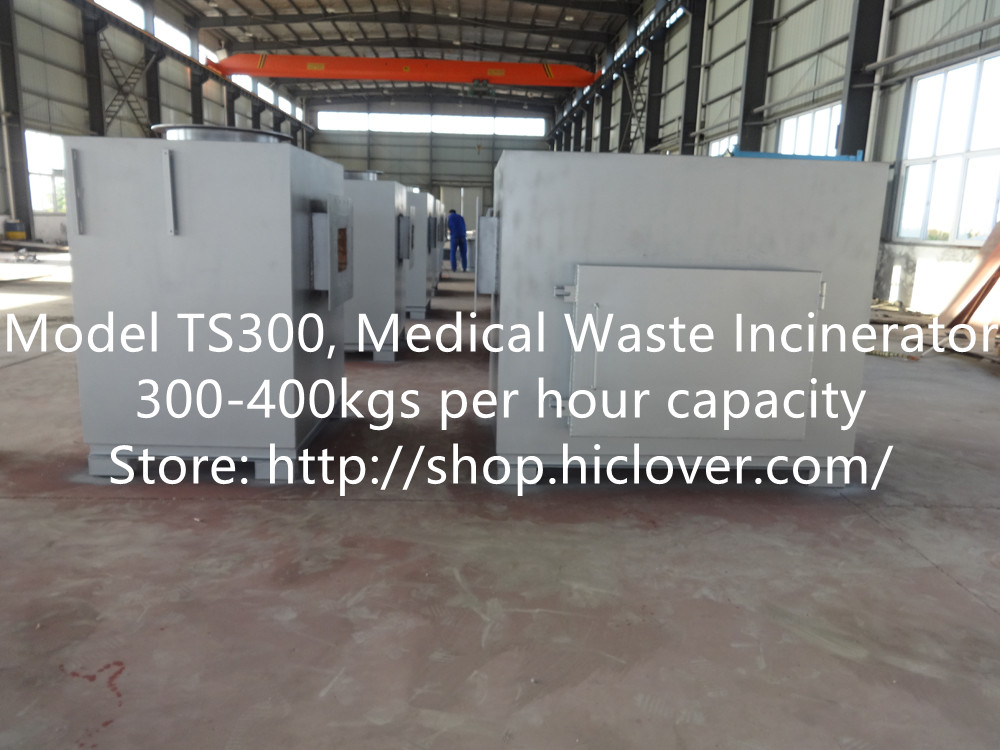Incinerators are high-powered, industrial machines used to burn waste materials at extremely high temperatures. This process is designed to reduce the volume of waste and generate energy in the form of heat and electricity. While incinerators have a long history as a waste management solution, their environmental impact has become a topic of debate and concern.
One of the key environmental issues associated with incinerators is the release of harmful pollutants into the air. When waste materials are burned, they release a range of pollutants, including dioxins, heavy metals, and greenhouse gases. These pollutants can have a detrimental impact on air quality and can contribute to a range of health issues, including respiratory problems and cardiovascular disease.
In addition to air pollution, incinerators also produce ash and other residues that can contain toxins and heavy metals. If not properly managed, these residues can leach into the soil and water, causing contamination and potential harm to ecosystems and human health.
However, efforts are being made to mitigate the environmental impact of incinerators and harness the heat generated in a more sustainable manner. One approach is to use advanced air pollution control technologies to reduce emissions of harmful pollutants. These technologies can effectively remove pollutants from the waste gases before they are released into the atmosphere, minimizing the impact on air quality and public health.
Another method to harness the heat generated by incinerators is through the use of combined heat and power (CHP) systems. CHP systems capture the heat produced during the incineration process and use it to generate electricity and heat. This approach maximizes the energy efficiency of the incinerator and reduces the reliance on traditional fossil fuels, helping to lower greenhouse gas emissions and combat climate change.
In addition to these technological advancements, there is a growing focus on waste reduction and recycling as a means to minimize the amount of waste that needs to be incinerated. By diverting materials from incineration and promoting a circular economy, we can reduce the environmental impact of waste management and move towards a more sustainable and resource-efficient approach.
While incinerators continue to be a controversial topic, it is clear that efforts to harness the heat generated and minimize the environmental impact are underway. By investing in advanced technologies, promoting energy efficiency, and prioritizing waste reduction, we can work towards a more sustainable and responsible approach to waste management. It is essential for policymakers, industry stakeholders, and the public to continue to collaborate and innovate to ensure that incinerators are part of a holistic waste management system that prioritizes environmental and human health.



